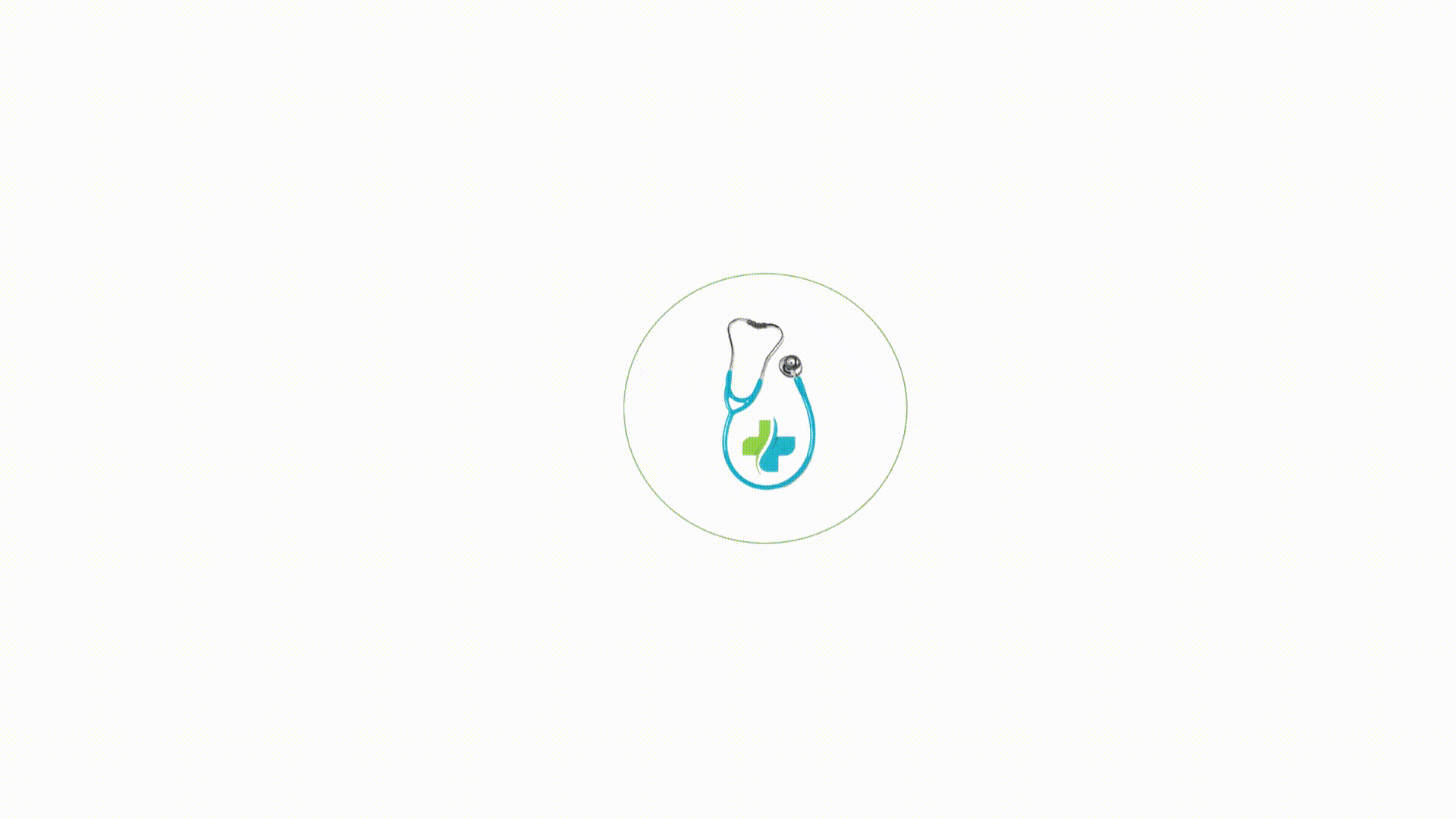Introduction:
Retention of urine, also known as urinary retention, is a condition where the bladder is unable to empty itself completely, leading to the accumulation of urine. This condition can be distressing and uncomfortable, affecting both men and women of all ages. Understanding the causes, diagnosis, treatment, and management of urinary retention is crucial for effective medical intervention and improving the quality of life for those affected.
Causes of Urinary Retention:
Urinary retention can be categorized into two main types: acute and chronic. Acute urinary retention occurs suddenly and is often painful, while chronic urinary retention develops gradually over time. Several factors can contribute to the development of urinary retention, including:
Obstruction: Blockages in the urinary tract, such as enlarged prostate in men, bladder stones, or tumors, can obstruct the flow of urine, leading to retention.
Neurological Disorders: Conditions affecting the nerves that control bladder function, such as multiple sclerosis, spinal cord injury, or stroke, can disrupt the normal bladder-emptying process, resulting in retention.
Medications: Certain medications, such as anticholinergics, opioids, or alpha-adrenergic antagonists, can interfere with bladder muscle function and contribute to urinary retention.
Weak Bladder Muscles: Weakened bladder muscles due to aging, childbirth, or pelvic floor dysfunction can impair the ability to empty the bladder completely, leading to retention.
Diagnosis of Urinary Retention:
Diagnosing urinary retention involves a comprehensive evaluation of symptoms, medical history, and physical examination. Diagnostic tests may include:
Urinalysis: Analysis of a urine sample to detect any signs of infection, blood, or other abnormalities.
Bladder Ultrasound: Imaging technique to assess bladder volume and detect any abnormalities, such as urinary stones or tumors.
Post-void Residual (PVR) Measurement: A test to measure the amount of urine left in the bladder after urination using ultrasound or catheterization.
Urodynamic Testing: Specialized tests to evaluate bladder and urinary sphincter function, helping to identify any underlying neurological or muscular abnormalities.
Treatment of Urinary Retention:
Treatment for urinary retention aims to relieve symptoms, address underlying causes, and prevent complications. Depending on the severity and underlying cause of retention, treatment options may include:
Catheterization: Insertion of a thin tube (catheter) into the bladder to drain urine manually. Catheterization can be temporary or permanent, depending on the underlying cause and individual needs.
Medications: Depending on the cause of retention, medications such as alpha-blockers, antibiotics (for infections), or medications to improve bladder muscle function may be prescribed.
Surgery: Surgical procedures may be necessary to remove obstructions, such as prostate surgery for benign prostatic hyperplasia (BPH) or tumor removal for bladder cancer.
Bladder Training: Techniques to improve bladder control and emptying, such as scheduled voiding, pelvic floor exercises (Kegels), and biofeedback therapy.
Intermittent Catheterization: Regular self-catheterization to empty the bladder at specific intervals, which can be beneficial for individuals with chronic urinary retention.
Management of Urinary Retention:
In addition to medical treatment, managing urinary retention involves lifestyle modifications and ongoing monitoring to prevent recurrence and complications:
Fluid Management: Maintaining adequate hydration while avoiding excessive fluid intake, especially before bedtime, can help regulate bladder function and reduce the risk of retention.
Healthy Diet: Consuming a balanced diet rich in fiber and avoiding foods and beverages that irritate the bladder, such as caffeine and alcohol, can help prevent bladder dysfunction.
Pelvic Floor Exercises: Strengthening pelvic floor muscles through exercises such as Kegels can improve bladder control and support bladder emptying.
Regular Follow-up: Routine follow-up appointments with healthcare providers are essential to monitor bladder function, adjust treatment as needed, and address any new symptoms or concerns.
Prompt Treatment of Urinary Tract Infections (UTIs): Prompt treatment of UTIs with antibiotics is crucial to prevent worsening of urinary retention and complications such as kidney infections.
In conclusion, urinary retention is a challenging condition that requires a comprehensive approach to diagnosis, treatment, and management. By addressing underlying causes, relieving symptoms, and implementing lifestyle modifications, individuals with urinary retention can experience improved bladder function and quality of life. Early intervention and regular monitoring are essential for optimal outcomes and prevention of complication.
Contributor – Medico Sagar Patel




